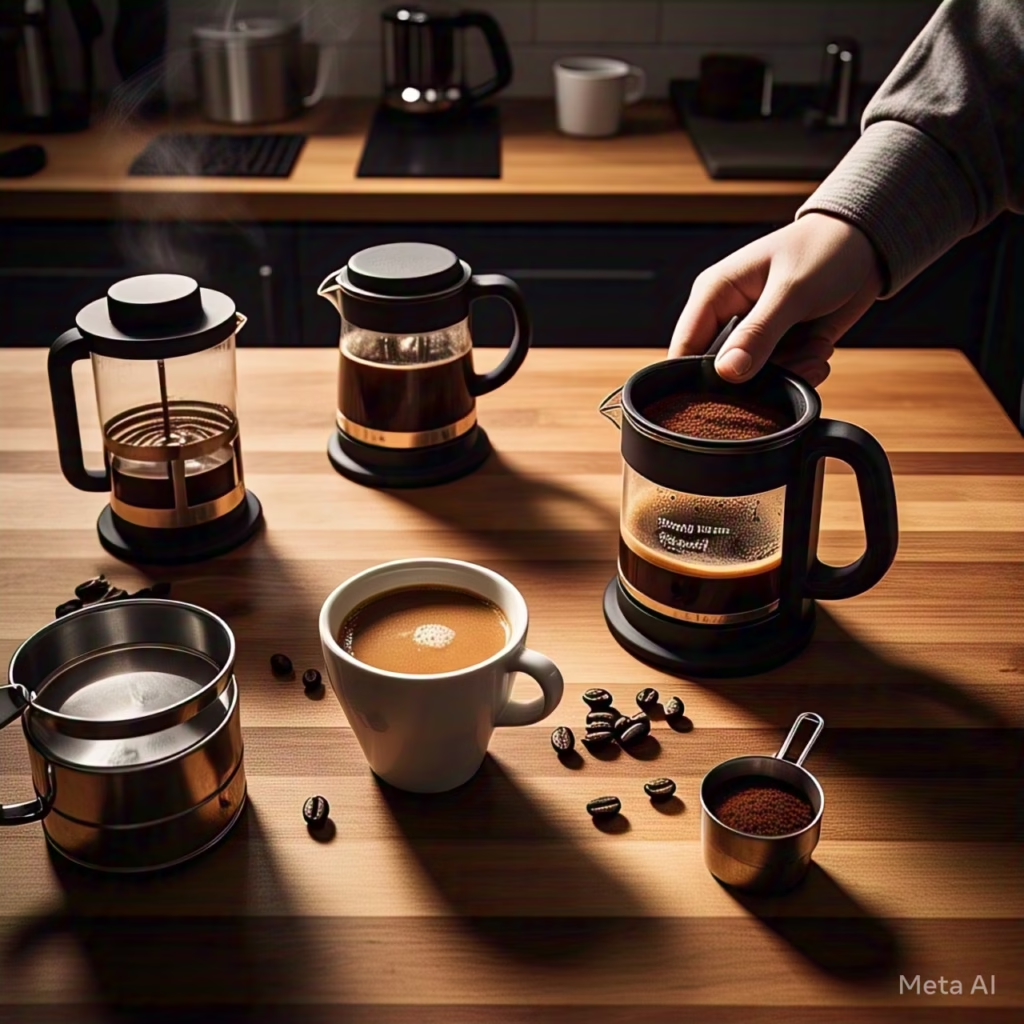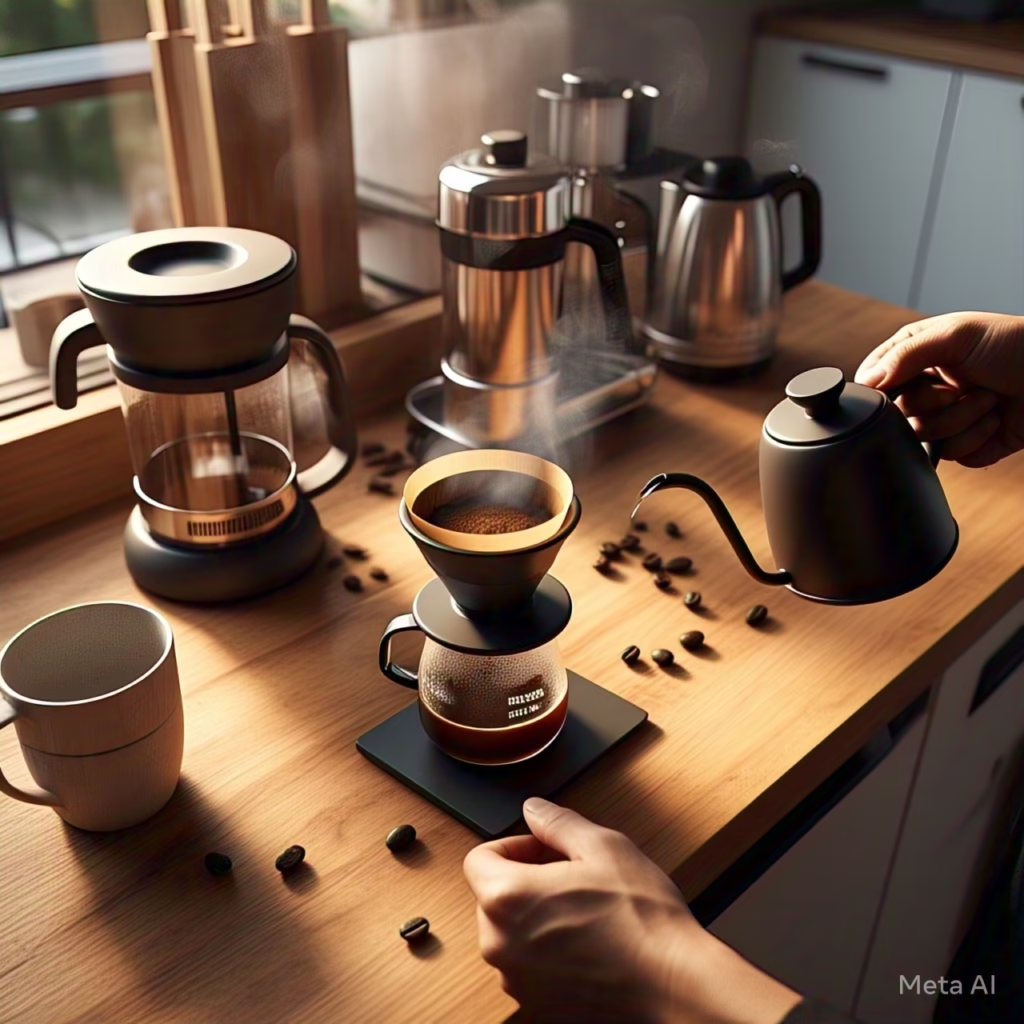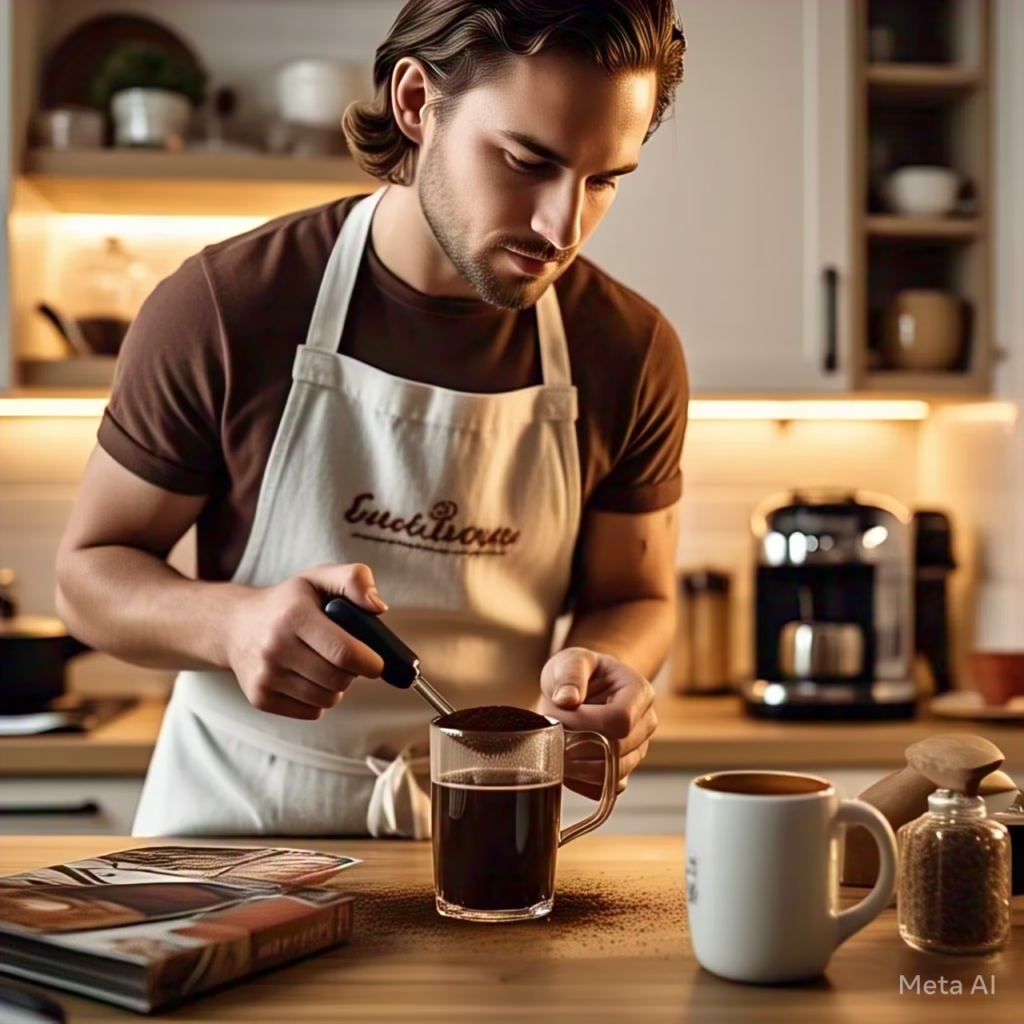Confused about coffee measurements? Learn how many ounces are in a cup of coffee for different brewing methods, plus tips for brewing perfect cups every time.
How Many Ounces Are in a Cup of Coffee?

One common measurement that coffee drinkers often encounter is the unit of measurement used to quantify a cup of coffee. However, it can be confusing to determine how many ounces are in a cup of coffee since there are different types of cups and measurements used for brewing coffee.
Standard Cup Measurements
In cooking and baking, a standard cup measurement equals 8 fluid ounces (fl oz). This
Coffee isn’t just a drink—it’s a ritual, a culture, and for many, an integral part of their daily routine. Whether you’re a seasoned home barista perfecting pour-overs or a food blogger capturing the essence of the perfect cappuccino, one question often comes up and seems deceptively simple—how many ounces are in a cup of coffee?
Spoiler alert—it’s a little more complex than it appears! Measuring coffee isn’t as straightforward as measuring water or other liquids, and the precise “cup” sometimes varies depending on the context. This post breaks it all down so you can brew with confidence and clarity.
Defining the Standard Cup and Its Evolution
The term “cup” has been used for centuries, but did you know it doesn’t always correspond to the same measurement around the globe? For most of the world, a standard cup in the kitchen holds about 8 fluid ounces. However, that’s not always the case when we’re talking about coffee.
For example, in the United States, many coffee makers define “1 cup” as 5 to 6 fluid ounces, depending on the brand and model. On the other hand, countries like Japan might use smaller measurements, around 200 milliliters (approximately 6.7 ounces), as their standard “cup.”
The evolution of the cup measurement reflects cultural differences in how coffee is brewed and enjoyed. From espresso shots to oversized mugs, how we define “a cup” of coffee heavily depends on the brewing method and tradition.
Understanding Varying Cup Sizes Across Different Brewing Methods
Here’s where things get interesting—coffee cup sizes often vary depending on how you’re brewing your coffee. Let’s break down a few of the most common methods and how they measure “a cup”:

-
Drip Coffee Machines
Most drip coffee makers use 5-6 ounces per cup as their standard. If you’ve wondered why your “12-cup” coffee maker doesn’t fill your 12-ounce travel mug 12 times, this is why!
-
Espresso
An espresso shot is typically about 1 ounce, and a double shot clocks in at 2 ounces. Coffee shops rarely serve espresso in “cups”; instead, you’ll hear orders like “double shot” or “single shot.”
-
French Press (Press Pot)
For French press coffee, 1 cup is loosely equivalent to around 4 fluid ounces. Many French presses list their capacity in cups, so a “3-cup French press” might only brew around 12 ounces of coffee.
-
Chemex
Chemex, the stylish pour-over system, defines a cup as 5 ounces for its products. A full 8-cup Chemex brews approximately 40 ounces of coffee.
-
Traditional Asian Coffees or Turkish Coffee
Here, serving sizes are much smaller. A single cup could be a mere 3-4 ounces, with a strong, concentrated flavor meant to be enjoyed slowly.
How Many Ounces Are in a Cup of Coffee? A Detailed Breakdown
Here’s a quick reference guide for your coffee measurements across brewing methods and traditions:
| Brewing Method | Standard Cup Size |
| Drip Coffee Maker | 5-6 ounces |
| Espresso Machine | 1 ounce (single shot) |
| French Press | 4 ounces |
| Chemex | 5 ounces |
| Turkish Coffee | 3-4 ounces |
| Generic “Cooking Cup” | 8 ounces |
Remember, these measurements reflect common standards—but they are not set in stone. Always reference the manufacturer’s guidance for your coffee equipment or recipe!
The Impact of Cup Size on Flavor and Strength
Why does cup size matter? Beyond convenience, it can significantly influence the taste, strength, and balance of your coffee.
-
Dilution and Strength
The larger the cup, the more water you’re likely adding to the brewed coffee. If you’re brewing with the same amount of coffee grounds each time, a larger cup will naturally result in a milder drink. Smaller cups, on the other hand, concentrate the flavors for a more intense experience.
-
Brewing Ratios
A typical coffee brewing ratio is approximately 1 gram of coffee per 16-18 grams (or milliliters) of water, but ratios can differ. For example, espresso uses a much more concentrated ratio—often up to 1 gram of coffee for 2-3 milliliters of water.
-
Profile of Coffee Beans
Smaller quantities work better for single-origin specialty beans, allowing subtle tasting notes to shine. Alternatively, larger cups often work best for blends, where flavors are meant to layer and balance out.
Understanding these nuances helps you tailor your coffee experience to your personal preference. Whether you love a bold espresso or a mellow cup of drip brew, the size of your cup plays a critical role in the outcome.
Practical Tips for Measuring the Perfect Cup of Coffee at Home

Want to master the perfect cup at home? Here are some tips that coffee pros swear by:
1. Invest in a Scale
Measuring by weight (grams or ounces) is much more accurate than relying on scoops or guessing. A digital kitchen scale is your best friend for precision.
2. Know Your Ratios
Stick to the golden coffee-to-water ratio of 1:16 to 1:18 (1 part coffee to 16-18 parts water). Adjust this based on taste and brewing method.
3. Use Fresh Water
Always use clean, filtered water for the best brew—you’ll taste the difference!
4. Experiment
Finding your perfect cup might take trial and error. Experiment with cup sizes, grind settings, and brewing ratios until you hit the sweet spot.
5. Read the Labels on Your Brewer
Different brands measure cups differently, so double-check what those “cup” markings actually mean on your machine.
6. Keep Notes
If you’re serious about your coffee, keeping a log of your experiments can help you replicate the perfect cup consistently.
Empowering Your Morning Routine with Precision and Care
With the right knowledge, every cup of coffee you brew can become a masterpiece. Understanding how “a cup” is defined in various contexts gives you the tools to brew with accuracy, avoid waste, and appreciate the little details that make coffee culture so rich.
Whether you’re crafting a Turkish coffee for a meditative morning or filling your Chemex for brunch with friends, precision and creativity are the keys to elevating your coffee game.
Looking for more coffee wisdom or recipes? Don’t hesitate to drop a comment or share your tips below—we love hearing from fellow enthusiasts!

Pingback: How Many Scoops of Coffee Makes 12 Cups? Perfect Coffee Ratio Guide
Pingback: The Ultimate Guide to Cleaning Your Coffee Maker for the Best Brew
Pingback: How Many Ounces in a Cup of Coffee? Complete Brewing Guide for Coffee Lovers